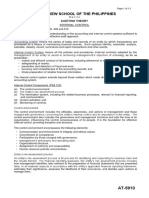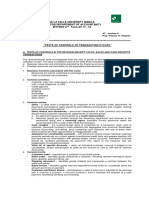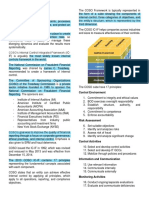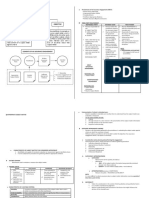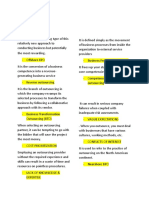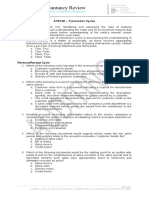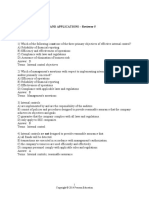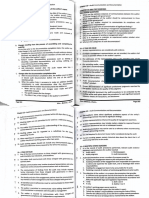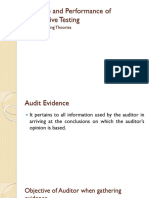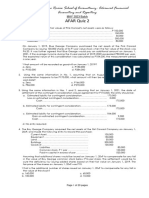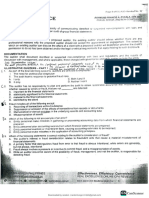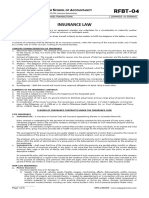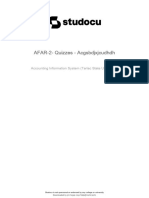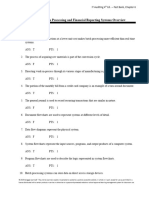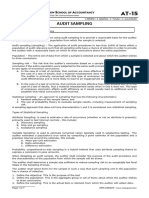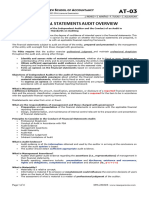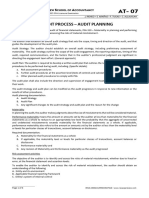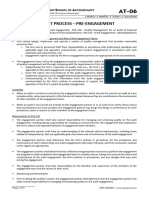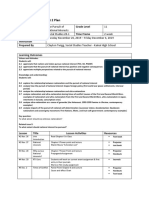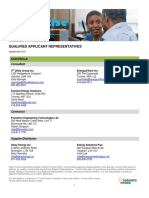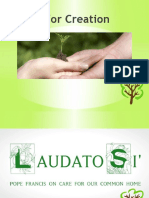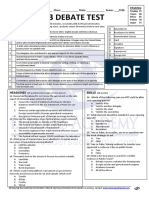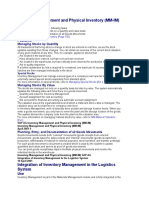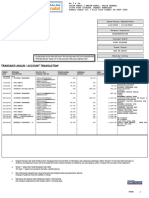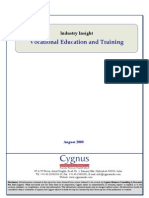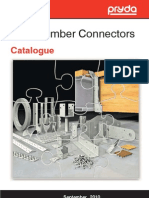0% found this document useful (0 votes)
1K views6 pages14 Fraud, Error & Non-Compliance
The document discusses the auditor's responsibilities relating to fraud, error, and non-compliance in an audit of financial statements. It defines fraud and error, noting that fraud is intentional while error is not. It outlines that the primary responsibility for preventing and detecting fraud lies with management and those charged with governance, while auditors are responsible for obtaining reasonable assurance that financial statements are free from material misstatement due to fraud or error. The document describes audit procedures required to identify and assess fraud risks, and respond appropriately to detected or suspected fraud. It also discusses the auditor's responsibilities regarding non-compliance with laws and regulations.
Uploaded by
randomlungs121223Copyright
© © All Rights Reserved
We take content rights seriously. If you suspect this is your content, claim it here.
Available Formats
Download as PDF, TXT or read online on Scribd
0% found this document useful (0 votes)
1K views6 pages14 Fraud, Error & Non-Compliance
The document discusses the auditor's responsibilities relating to fraud, error, and non-compliance in an audit of financial statements. It defines fraud and error, noting that fraud is intentional while error is not. It outlines that the primary responsibility for preventing and detecting fraud lies with management and those charged with governance, while auditors are responsible for obtaining reasonable assurance that financial statements are free from material misstatement due to fraud or error. The document describes audit procedures required to identify and assess fraud risks, and respond appropriately to detected or suspected fraud. It also discusses the auditor's responsibilities regarding non-compliance with laws and regulations.
Uploaded by
randomlungs121223Copyright
© © All Rights Reserved
We take content rights seriously. If you suspect this is your content, claim it here.
Available Formats
Download as PDF, TXT or read online on Scribd
/ 6

















